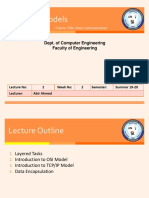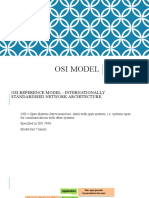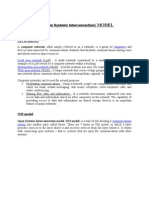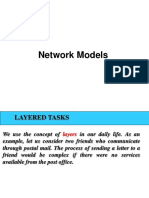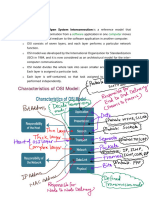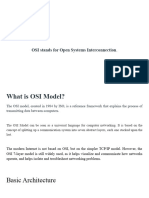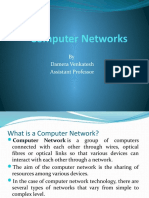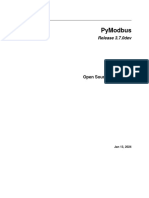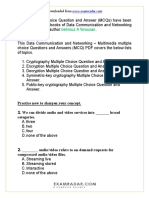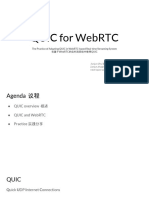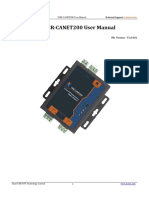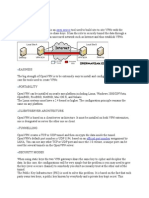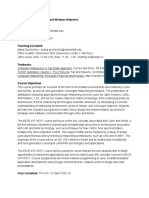0% found this document useful (0 votes)
15 views32 pagesData Communication Lecture 2 V2
The document outlines the course COE 3201 on Data Communication, focusing on network models such as the OSI and TCP/IP models. It explains the importance of layering in data communication, detailing the functions and responsibilities of each layer in both models. Additionally, it covers data encapsulation processes and provides references for further reading.
Uploaded by
sadmanshahriar4312Copyright
© © All Rights Reserved
We take content rights seriously. If you suspect this is your content, claim it here.
Available Formats
Download as PPTX, PDF, TXT or read online on Scribd
0% found this document useful (0 votes)
15 views32 pagesData Communication Lecture 2 V2
The document outlines the course COE 3201 on Data Communication, focusing on network models such as the OSI and TCP/IP models. It explains the importance of layering in data communication, detailing the functions and responsibilities of each layer in both models. Additionally, it covers data encapsulation processes and provides references for further reading.
Uploaded by
sadmanshahriar4312Copyright
© © All Rights Reserved
We take content rights seriously. If you suspect this is your content, claim it here.
Available Formats
Download as PPTX, PDF, TXT or read online on Scribd
/ 32



